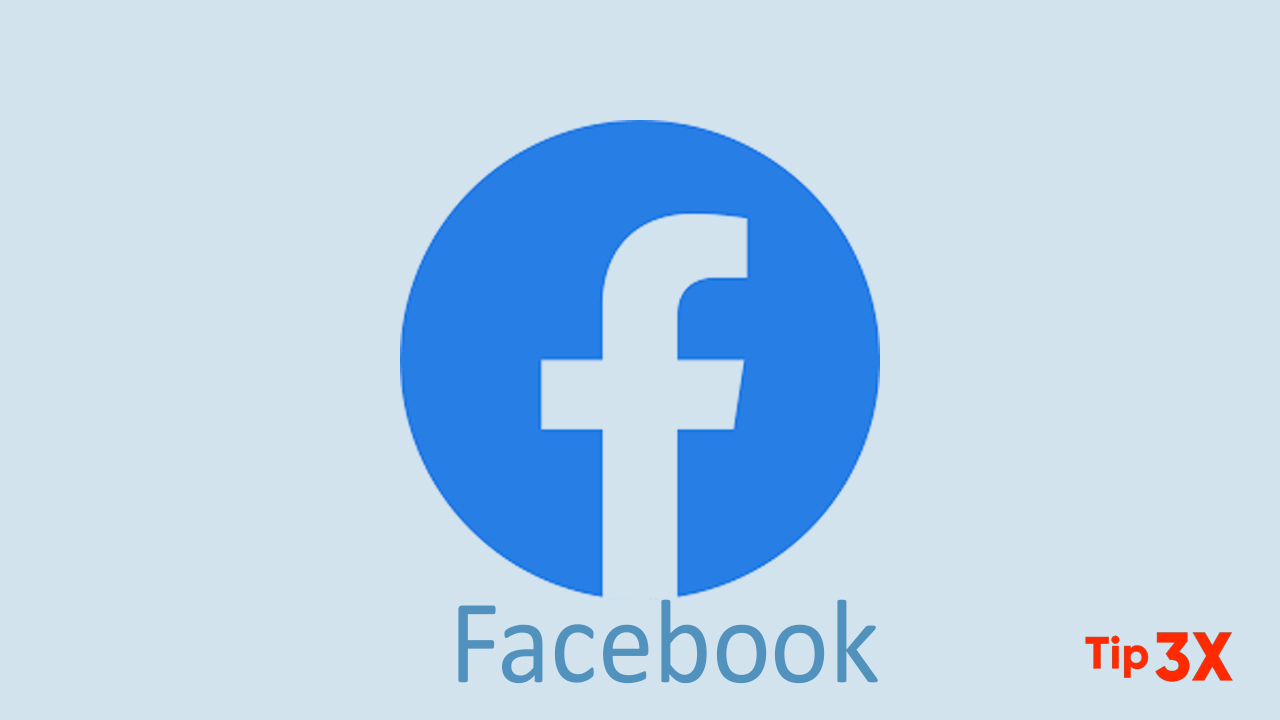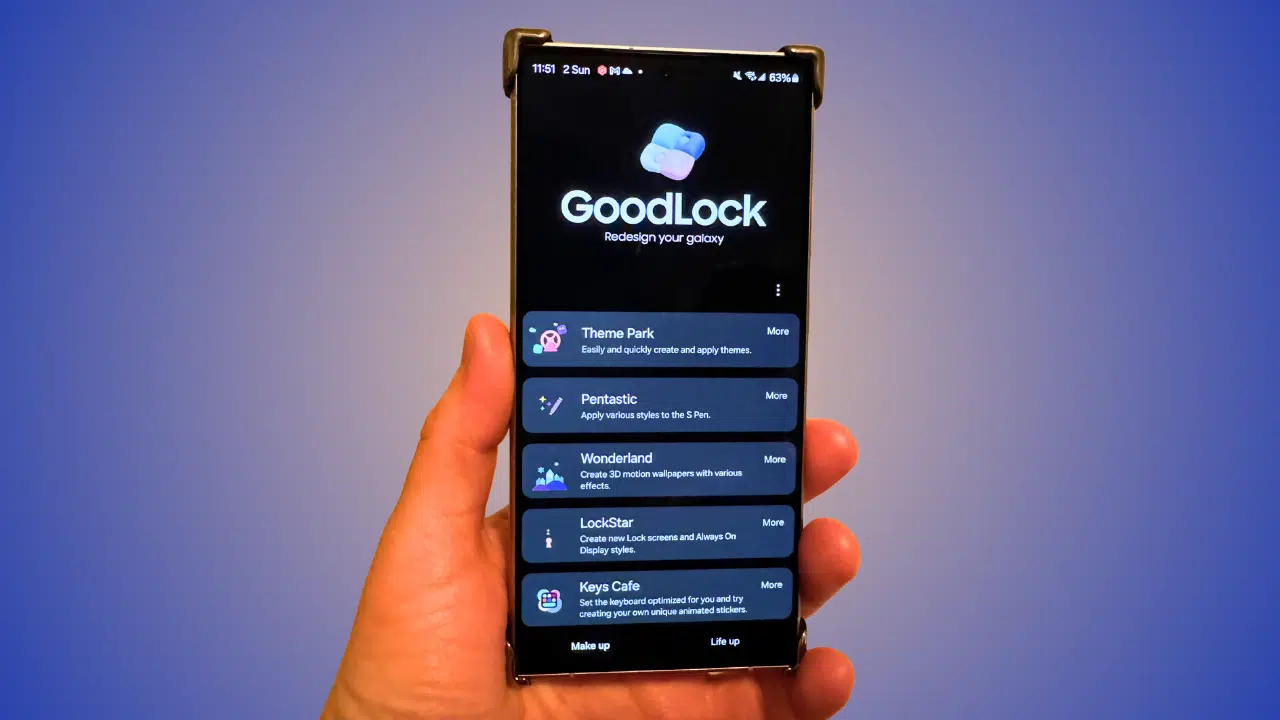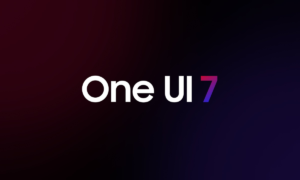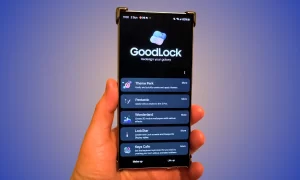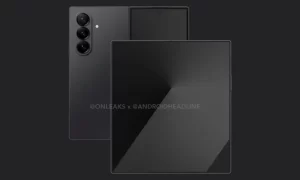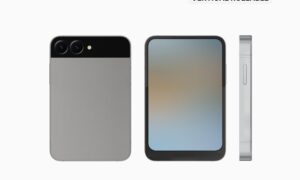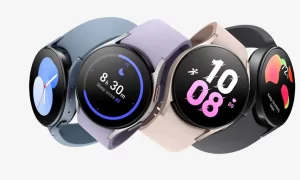A Facebook business page is a free web page that companies can build on Facebook to expand their internet presence. Like a personal Facebook profile, your Facebook business page can send and receive messages, post updates, get notifications, and like, comment, and share other Facebook users’ and pages’ content.
If people are wondering when your phone line or storefront is open, they may visit your Facebook page to find out. They’ll also want to know your address if you’re a storefront or your support-line email if you offer services remotely. A Facebook business page is a one-stop-shop for listing all of this information.
How to create a business Facebook page
1. Create your Facebook business page.
The first step in creating a Facebook business page is to make sure you’re setting up the right type of account. Remember that you are creating a Facebook page, not a Facebook profile. A profile is a personal Facebook account that’s designed to share personal information and photos with friends and family. Pages are public profiles that let businesses and public figures connect with fans and customers. Users just have to like a page to start seeing updates from the page on their newsfeed. Go to facebook.com/business/pages/set-up to get started.
2. Answer Facebook’s questions.
To create a Facebook business page, you must have a personal profile and follow Facebook’s on-screen instructions. When you’re creating a page, Facebook will ask for some information, such as a category to describe your page, and your business’s name, address, and phone number. It’s important to include as much information as possible so that customers can easily recognize your page and find information about your business.
3. Add profile and cover photos.
You have the option to upload profile and cover photos to your Facebook business page. It’s good practice to do so, as attractive graphics lead to better engagement rates with your content.
4. Fill in the appropriate page sections.
There are many sections you can add to a Facebook page, but not every section will be a good fit for your business. Here are some sections you should consider adding:
- Home: This section is where all of your updates and posts live. It is also the first page users see when they visit your page.
- About: The About section is one of the most important parts of your Facebook page. It should be filled out with your address, business details, contact information, hours, and website URL. Many people go online to find specific information about a business; don’t let your potential customers down by keeping this page blank.
- Community: The Community page is where posts, photos, and videos from customers show up. Customers can also check in to your store here. This is a great area for your audience to interact with and learn more about your company.
- Events: You can create event pages and promote upcoming events in this section. Once you create an event on Facebook, you can invite people and share specific information about it all in one place.
- Info and Ads: This section is designed to add transparency to your page. It shows your followers any Facebook ads you’re currently running.
- Offers: You can post discounts or deals from this section. This is an easy way to encourage people to come to your Facebook page. Tell customers t like your page and find a deal on it.
- Posts: This section shows all of your posts, including timeline photos and updates.
- Reviews: Under the Reviews tab, customers can write a review and indicate if they would recommend your business. Ratings show up at the top of your page. Although you can hide the Reviews tab, you may not want to, as it provides valuable feedback to both you and your followers. Reviews help verify your business and make it easy for customers to recommend your products or services.
- Services: You can showcase your services on this page. You can also add information about your specialty, including a photo, a description, and pricing.
- Photos: The Photos tab features the images you’ve posted on your timeline.
- Shop: You can add your inventory on this page, and users can buy your products directly from Facebook. Sales are sent to your bank account.
Join Tip3X on Telegram
